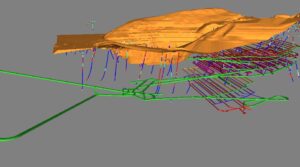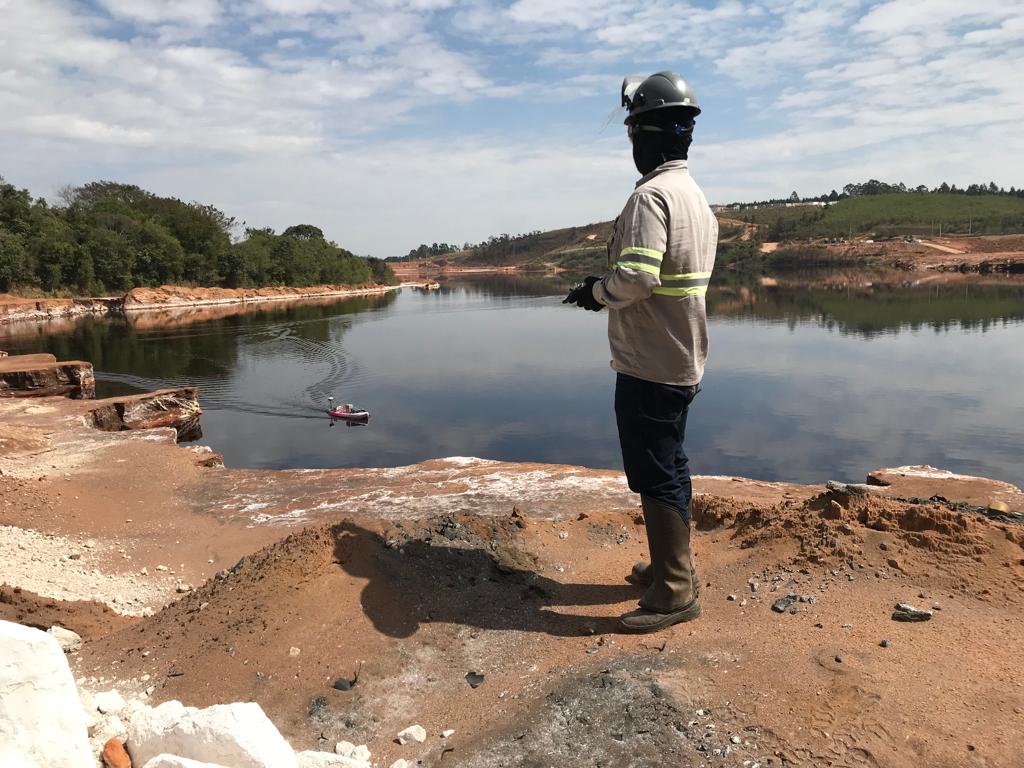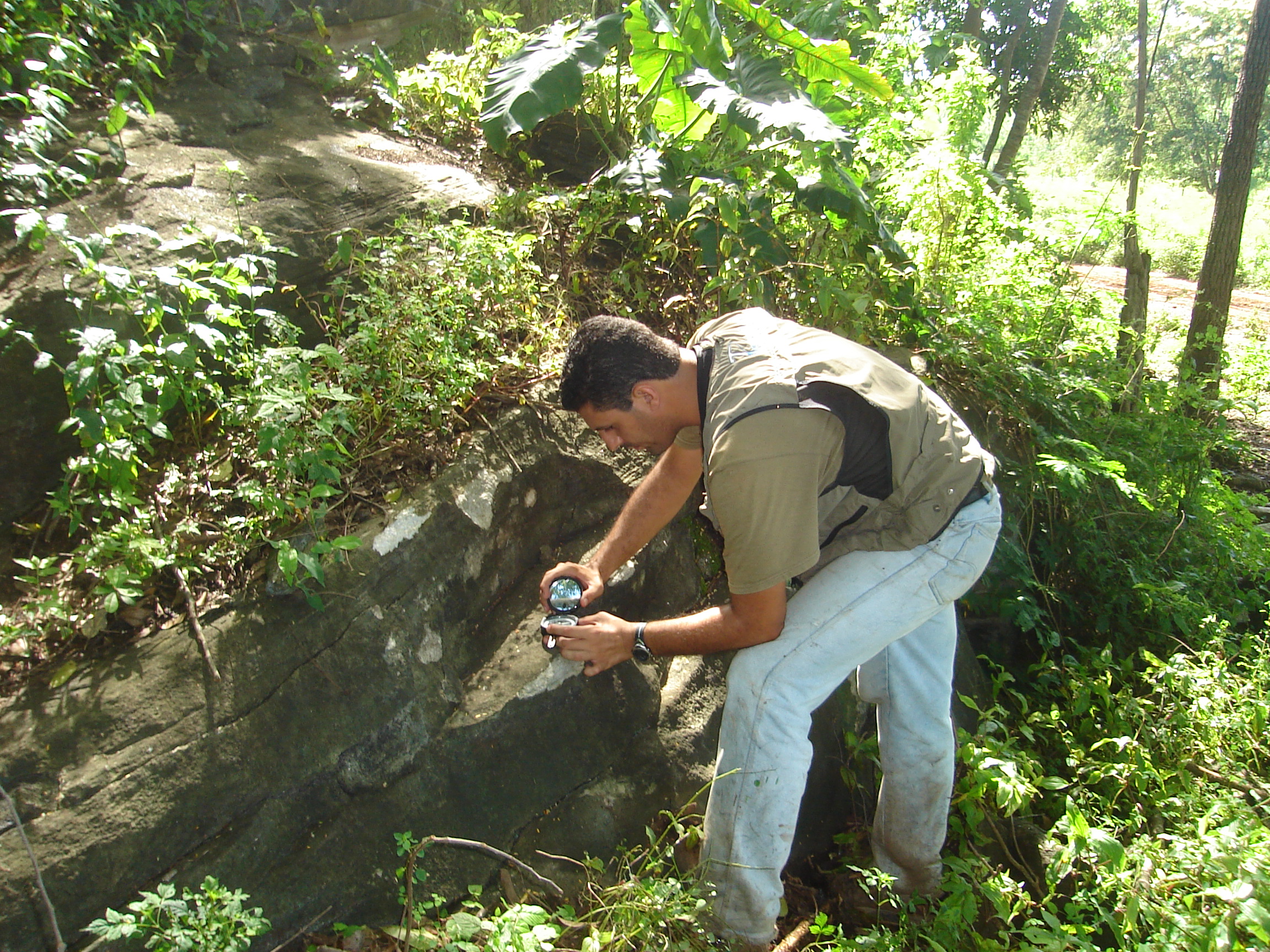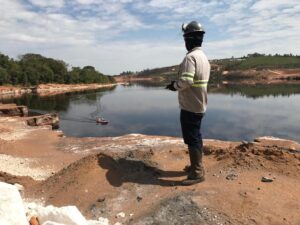The design and planning of a mine or mine consists of a set of operations, subsequent to the mineral research phase, with the aim of achieving the best use of natural resources.
The application of this procedure also aims at economic issues, as it is based on the use of the mineral reserve and obtaining maximum profit. To achieve these objectives, there is the adoption of mathematical models, applied with the aid of software, aiming to generate standards for the optimization of the mineral extraction process.
This planning is divided into three stages. The first is the elaboration of the ore deposit model. Then there are organizational processes such as cut-off grade scheduling, pit design and long-term scheduling. The third and final step is the preparation of the short-term schedule.
Another way of interpreting these steps is considering the second phase as the sequence of extracting the blocks of a certain operation, and the final phase as the elaboration of the schedule for the removal of such blocks. The first step is still the determination of the optimal pit.

This division highlights an important aspect of mine planning, its dynamic nature. The procedure can be applied throughout the entire useful life of the mine, making room for the inclusion of alterations that can improve the process, always aiming at utilization as the main objective, and evaluating the technological and financial viability.
There are three classes of planning: short, medium and long term. In the long term, many years are considered, while the medium term establishes goals for a few years. Finally, short-term planning can span days, months and even quarters.
Two examples of planning are listed below.
Examples
The first example is a model for preparing long-term mine planning. Initially, the validation process was carried out via analysis of the database and statistical parameters.
Then there was the process of adjusting the probe holes, aiming at regularization to produce more uniform sample volumes. Among the methods used to analyze the largest composition with greater precision are the histogram, statistical and comparative analysis of literary definitions of parameters.
Then, from the output of the point files, the CSMODEL module was added, which also included the point number data in each block. This process allowed the generation of a block model capable of performing simulations and files with average data of all the presented scenarios.
Thus, a model of statistical blocks was built, which is important to have a better understanding of important parameters, such as the types of grade values, variance information, errors and deviations, asymmetry, coefficient of variation, among others.
The second example is a mining sequencing project, based on limestone. Its objective is to determine a sequence of events, from the annual data provided by the company, in order to provide the greatest financial advantage.
Some parameters established for the company were estimates of annual production and cut-off grade. After inserting such data, schematic models of the mathematical pits are created. Thus, the period for obtaining the final optimized pit can be known.
Conclusion
After completion of the mineral survey, the design and mine planning is an essential step. This process will be decisive to find the best use and provide savings for the company. Generally, the procedure is divided into three phases and includes building models, entering detailed data, and creating schedules. Therefore, it can result in short, medium and long term projects.








